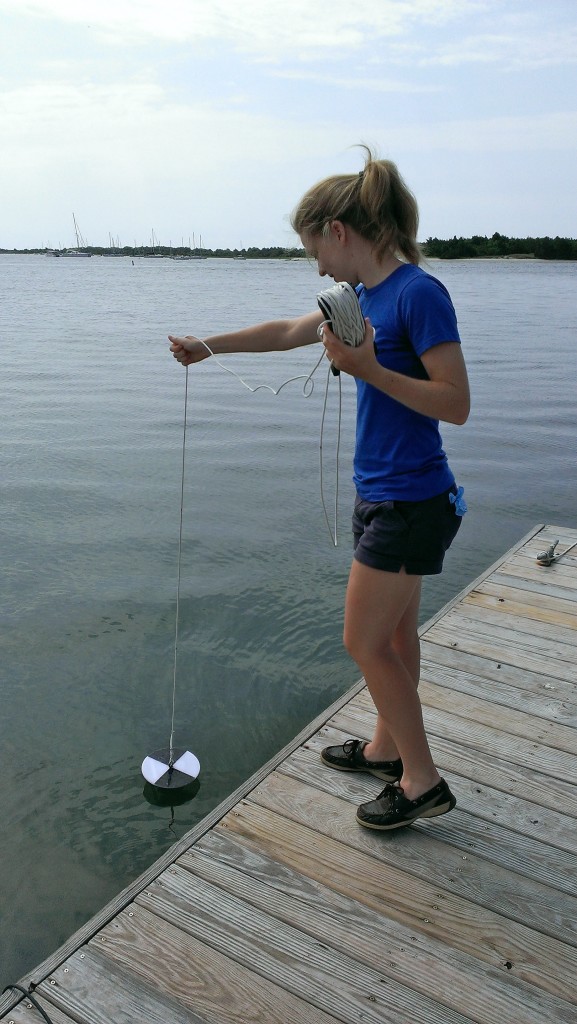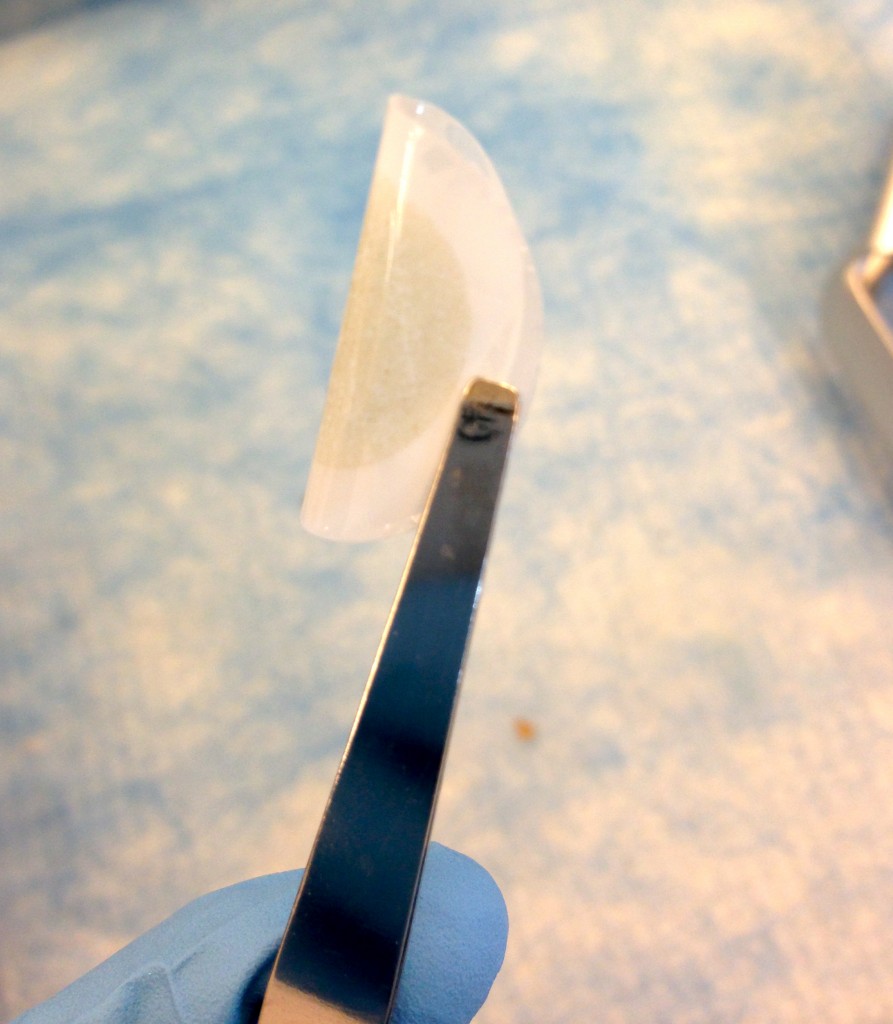What if you could enlist the help of hundreds of people around the world, researchers or not, to take ocean samples and collectively contribute to a growing database used by scientists?
Ocean Sampling Day is an international event organized in part by Micro B3 (Microbial Biodiversity, Bioinformatics, and Biotechnology). The project collects data and samples from participants such as marine research sites and ships. You can check out where they’re located in the 2014 map. Samples from these sites contain DNA of bacteria and phytoplankton and are used to measure the diversity of these marine microbes.
Ocean Sampling Day also includes a citizen science project. Anyone with access to the ocean and a few simple instruments can enter their data, such as water temperature and pH, on the Micro B3 website or app. The data from both researchers and the general public will inform scientists about global patterns of marine microbial diversity and processes such as ocean acidification.
This Saturday marked the summer solstice and Ocean Sampling Day 2014. About 185 marine research sites and vessels registered this year, including the Johnson Lab and the Hunt Lab from the Duke Marine Lab. We performed weekly sampling procedures from Pivers Island dock and collected extra DNA samples to send off to Micro B3. Sampling provides information about environmental processes and how much these change over time.

The weekly sampling procedure includes measuring environmental conditions and taking samples for further processing in lab. On the dock, we measure water temperature, salinity, and dissolved oxygen using probes.

We lower a Secchi disk into the water to measure water turbidity, which is how cloudy the water looks because of particles like phytoplankton and sediments. The depth when the disk is no longer visible is the Secchi depth, so clear water has greater Secchi depths than murky water.

At the dock we also collect water in a Niskin bottle, pictured below, from 1 meter below the surface. We use this water for more precise measurements with instruments in the lab. Measurements include pH, salinity, dissolved inorganic carbon, chlorophyll, turbidity, and abundance of phytoplankton and bacteria.


We pump water through a filter at the dock to collect samples for measuring nutrients and dissolved organic carbon back in the lab. The filter is saved for DNA extraction and sequencing to determine what microbes are in the water.


Our data and DNA filters will be shared with Micro B3 as one of the many sites that contributed to Ocean Sampling Day this year. Marine microbes are important because they are the foundation of marine food webs and provide the oxygen we breathe. Global data will provide information relevant to how these microorganisms may respond to climate change and ocean acidification, and how we can manage these changes. If this project continues in the future, consider getting involved as a citizen scientist if you live near the coast (or need an excuse to visit the coast).

